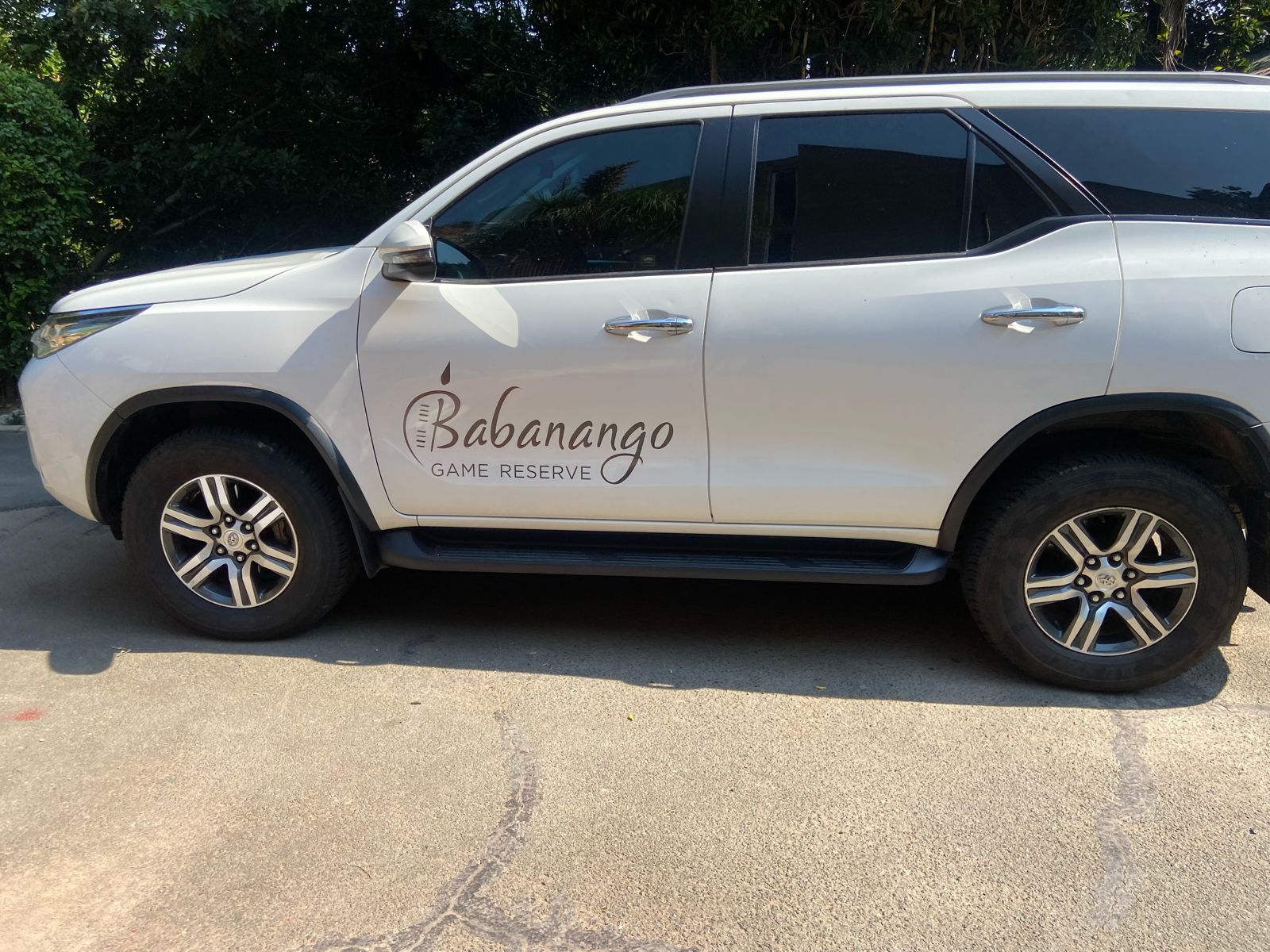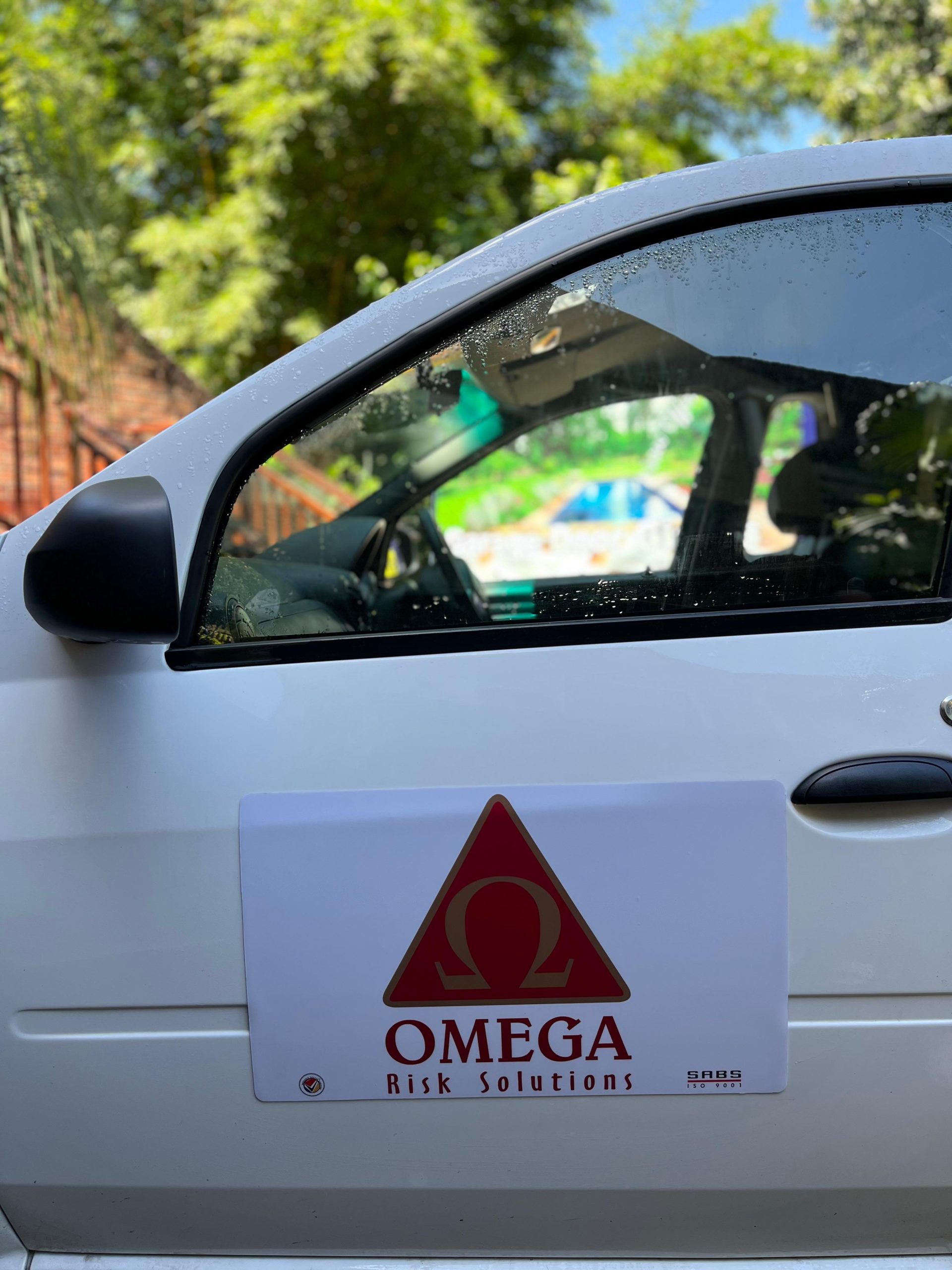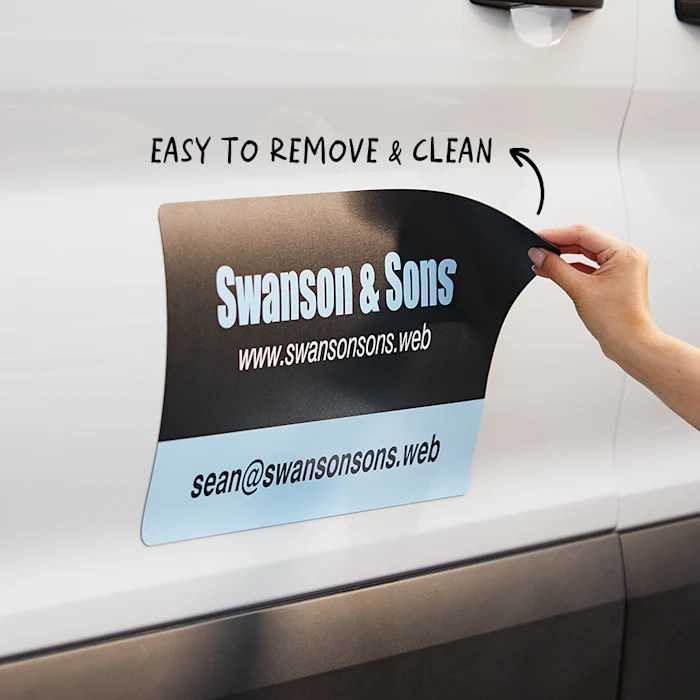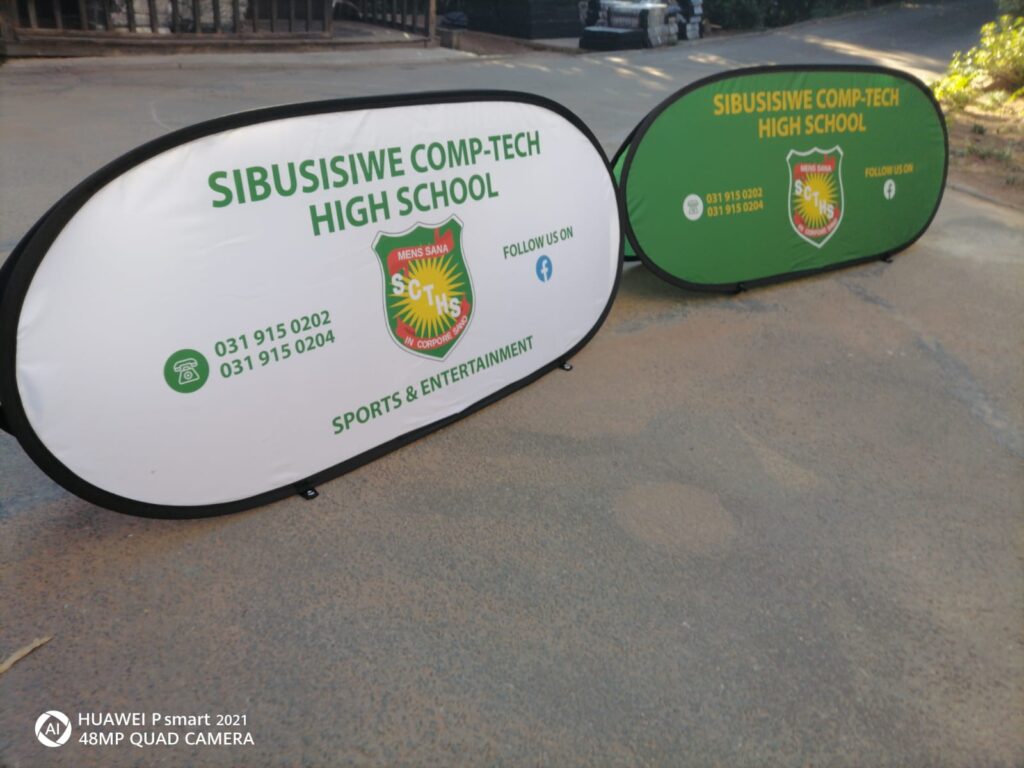Introduction
In today’s fiercely competitive market, businesses are constantly seeking innovative ways to engage with their target audiences. One such strategy that has stood the test of time is the use of promotional products. These tangible items not only serve as effective marketing tools but also leave a lasting impression on consumers. In this article, we’ll delve into the emerging trends in promotional products and merchandise, exploring eco-friendly options, personalized items, and innovative giveaways that captivate audiences.
Meta Description:
Discover the latest trends in promotional products, from eco-friendly options to personalized items, and learn how businesses can effectively engage their audiences in a competitive market.
Types and Categories
Promotional products come in a myriad of types and categories, catering to diverse consumer preferences and industry demands.
Eco-Friendly Products
- Reusable Tote Bags: With sustainability becoming a focal point for many consumers, reusable tote bags made from eco-friendly materials such as organic cotton or recycled PET are gaining popularity.
- Biodegradable Pens: Traditional plastic pens are being replaced by biodegradable alternatives made from materials like cornstarch or bamboo, reducing environmental impact.
- Seed Paper Products: These innovative products embedded with seeds allow recipients to plant them after use, promoting sustainability and green living.
Personalized Items
- Custom Apparel: From embroidered polo shirts to screen-printed hoodies, custom apparel serves as a walking billboard for businesses, enhancing brand visibility.
- Engraved Tech Gadgets: Personalized tech gadgets like power banks or USB drives engraved with company logos add a touch of sophistication to promotional giveaways.
- Customized Drinkware: Whether it’s sleek stainless steel tumblers or vibrant ceramic mugs, personalized drinkware items are practical and highly coveted by recipients.
Innovative Giveaways
- Tech-Integrated Products: Products incorporating technology elements such as Bluetooth speakers or wireless chargers offer a modern twist to traditional promotional items, appealing to tech-savvy audiences.
- Augmented Reality Merchandise: Augmented reality (AR) is revolutionizing the promotional products industry by offering interactive experiences through products like AR-enabled brochures or packaging.
- Subscription Box Swag: Subscription box services featuring curated promotional items tailored to recipients’ interests provide a unique and memorable brand experience.
Symptoms and Signs
Identifying the effectiveness of promotional products entails recognizing the key symptoms and signs that indicate consumer engagement and brand recall.
Increased Brand Awareness
- Recognizable Logo Exposure: Promotional products adorned with company logos serve as constant reminders of brands, reinforcing brand recognition and recall.
- Social Media Engagement: Consumers often share photos or experiences with promotional products on social media platforms, amplifying brand visibility and reach.
- Word-of-Mouth Promotion: Satisfied recipients of promotional products are likely to recommend the brand to others, leading to organic word-of-mouth promotion.
Enhanced Customer Loyalty
- Perceived Value: High-quality promotional products convey a sense of value and appreciation to recipients, fostering a positive brand perception and loyalty.
- Repeat Engagement: Recipients who receive useful or aesthetically pleasing promotional items are more likely to engage with the brand repeatedly, leading to long-term customer relationships.
- Brand Affiliation: The use of branded merchandise creates a sense of affiliation and belongingness among consumers, strengthening their emotional connection to the brand.
Measurable ROI
- Trackable Metrics: Utilizing unique codes or QR tags on promotional products allows businesses to track the effectiveness of their marketing efforts and calculate return on investment.
- Increased Sales and Conversions: Strategic distribution of promotional products often correlates with an uptick in sales and conversions, demonstrating tangible ROI.
- Cost-Effective Marketing: Compared to traditional advertising channels, promotional products offer a cost-effective means of marketing with potentially higher returns in terms of brand exposure and engagement.
Causes and Risk Factors
Several factors contribute to the success or failure of promotional product campaigns, influencing their effectiveness in engaging audiences and driving desired outcomes.
Poor Quality Products
- Negative Brand Perception: Low-quality or cheaply made promotional items reflect poorly on the brand, conveying a message of cost-cutting or indifference towards customer satisfaction.
- Short Lifespan: Products that break easily or wear out quickly fail to leave a lasting impression on recipients, diminishing their perceived value and impact.
Lack of Relevance
- Mismatched Audience: Failing to align promotional products with the interests and preferences of the target audience results in disinterest and apathy towards the brand.
- Irrelevant Messaging: The message conveyed through promotional products should resonate with recipients and evoke a positive response, failing which it may be ignored or disregarded.
Inadequate Distribution Strategy
- Limited Reach: Restricting the distribution of promotional products to a narrow audience segment limits their potential impact and fails to maximize brand exposure.
- Timing Issues: Distributing promotional items at the wrong time or during off-peak seasons may result in reduced effectiveness and missed opportunities for engagement.
Diagnosis and Tests
Evaluating the efficacy of promotional product campaigns requires careful analysis and measurement of various metrics and key performance indicators (KPIs).
Surveys and Feedback
- Recipient Satisfaction: Conducting surveys or obtaining feedback from recipients helps gauge their satisfaction levels and preferences regarding promotional products.
- Brand Recall: Assessing the recall rate of brand messages or logos featured on promotional items provides insights into their memorability and effectiveness.
Data Analytics
- Website Traffic and Conversions: Tracking website traffic and conversion rates attributed to promotional product campaigns helps quantify their impact on lead generation and sales.
- Social Media Analytics: Monitoring social media metrics such as engagement, shares, and mentions related to promotional products aids in measuring their reach and virality.
Return on Investment (ROI)
- Cost per Impression (CPI): Calculating the cost per impression generated by promotional products compared to other marketing channels allows for a cost-benefit analysis and ROI evaluation.
- Lifetime Value (LTV): Estimating the lifetime value of customers acquired through promotional product campaigns helps determine their long-term impact on business revenue and profitability.
Treatment Options
Implementing effective strategies to optimize promotional product campaigns can enhance their success rate and maximize their impact on audience engagement.
Targeted Audience Segmentation
- Market Research: Conducting thorough market research to understand the demographics, preferences, and behavior patterns of target audiences enables precise segmentation and targeting.
- Personalization: Tailoring promotional products and messaging to cater to specific audience segments enhances relevance and resonance, increasing engagement and response rates.
Creative Design and Branding
- Visual Appeal: Investing in professional design and branding enhances the visual appeal and perceived value of promotional products, making them more attractive to recipients.
- Consistent Branding: Ensuring consistency in branding elements such as logos, colors, and taglines across promotional materials reinforces brand identity and recall.
Multi-Channel Distribution
- Omni-Channel Approach: Leveraging multiple distribution channels including online platforms, events, and partnerships expands the reach and visibility of promotional products, maximizing their impact.
- Integrated Campaigns: Integrating promotional product giveaways with other marketing initiatives such as social media contests or influencer collaborations amplifies their effectiveness and engagement



